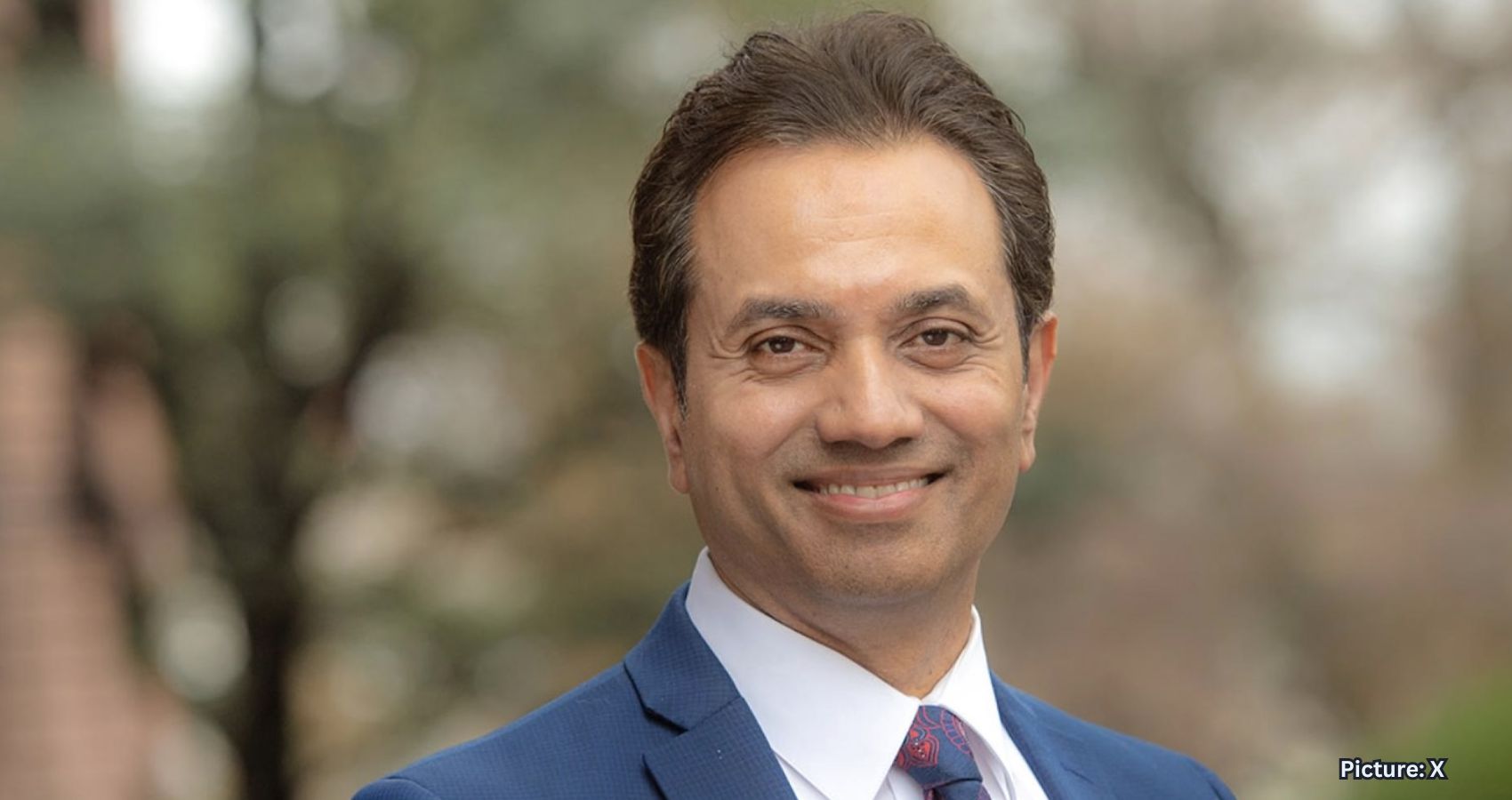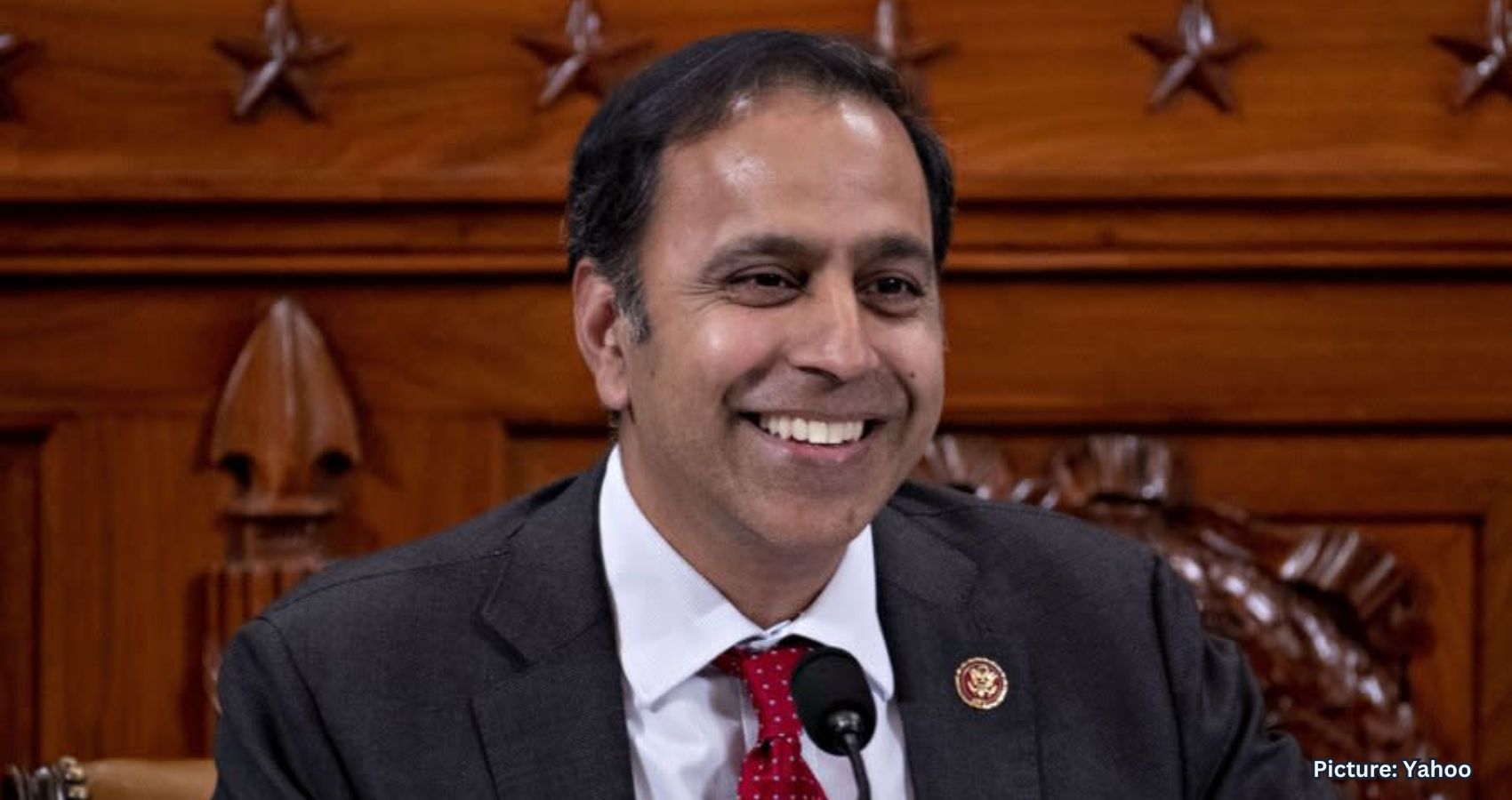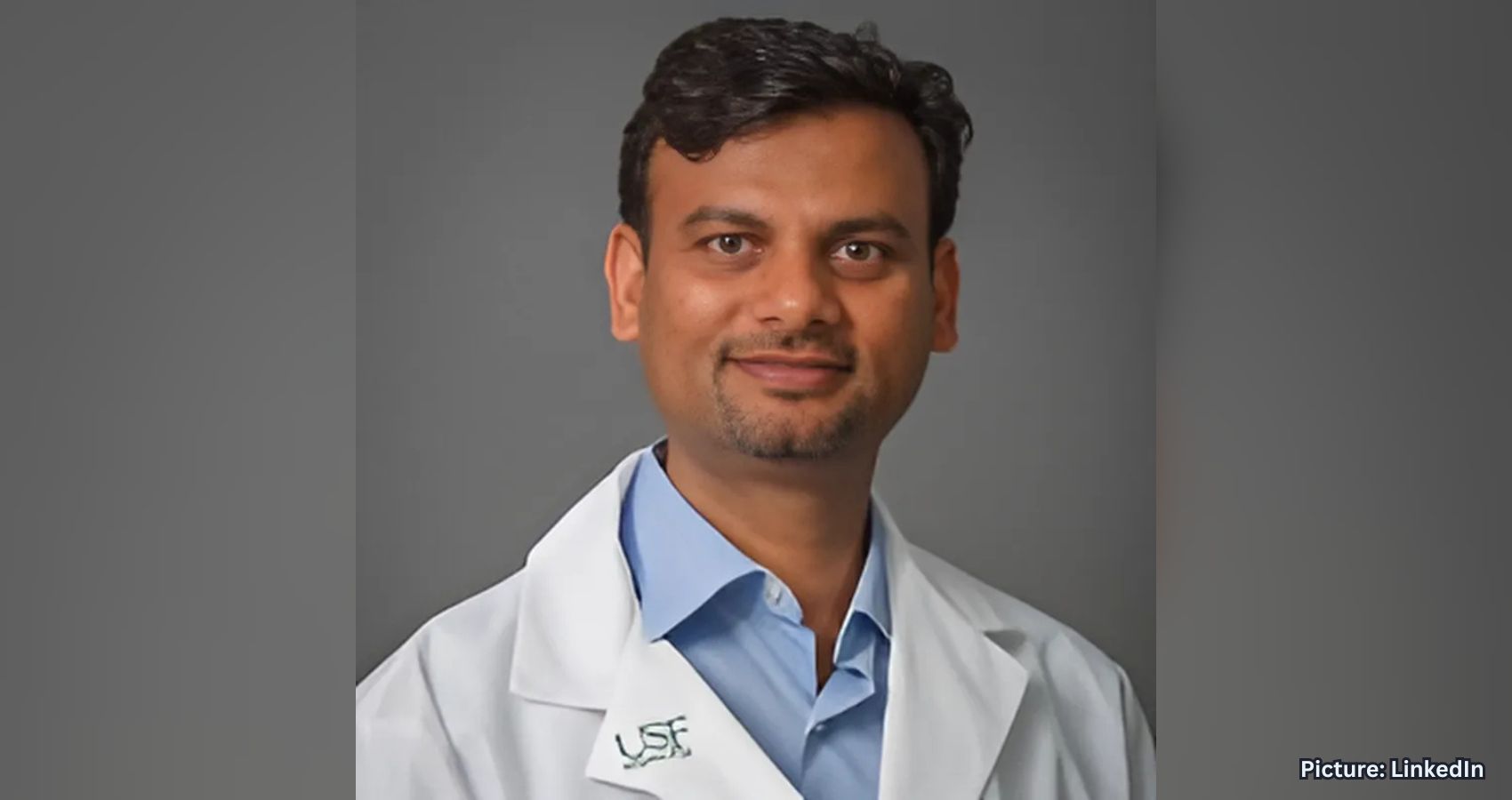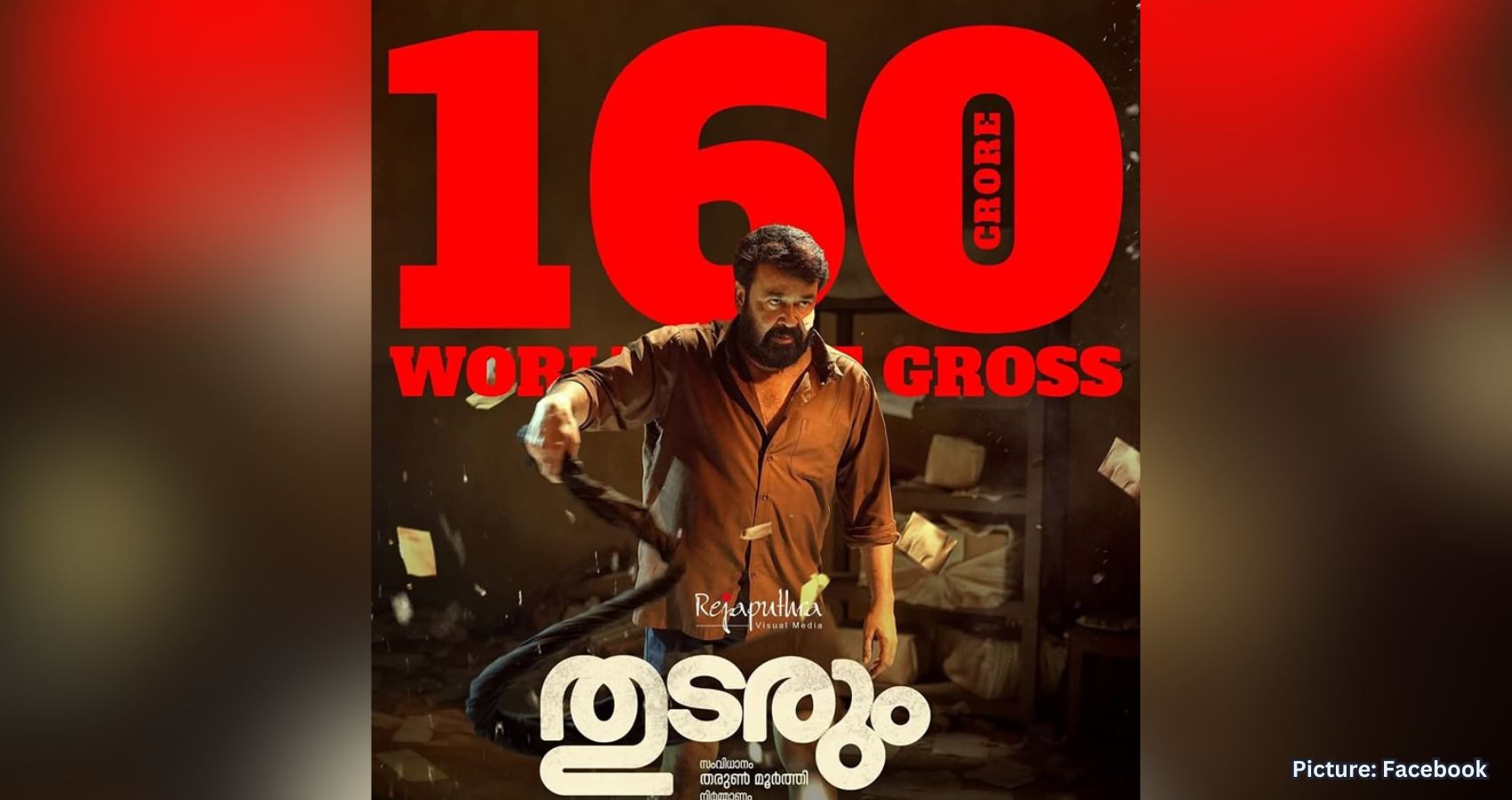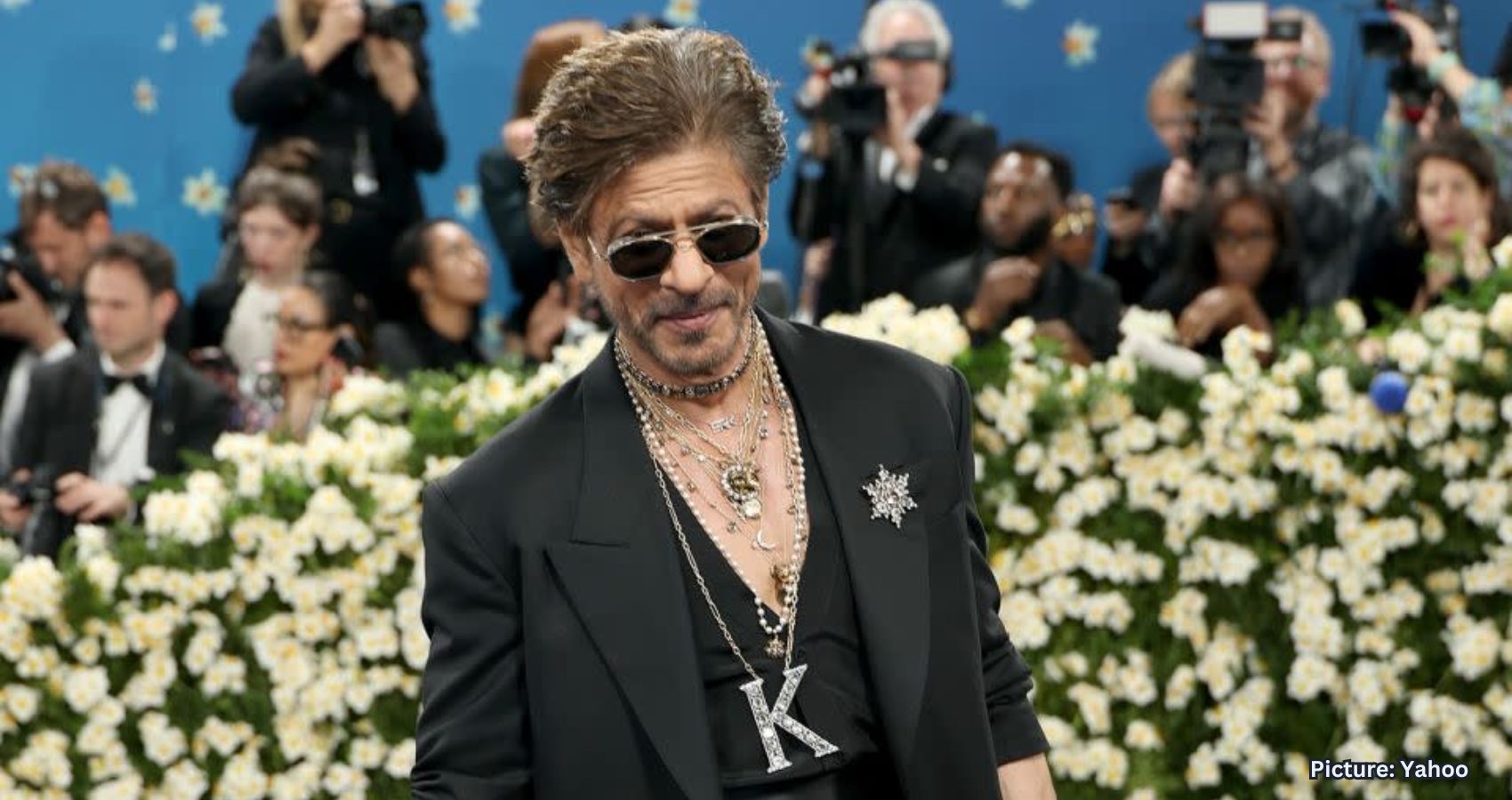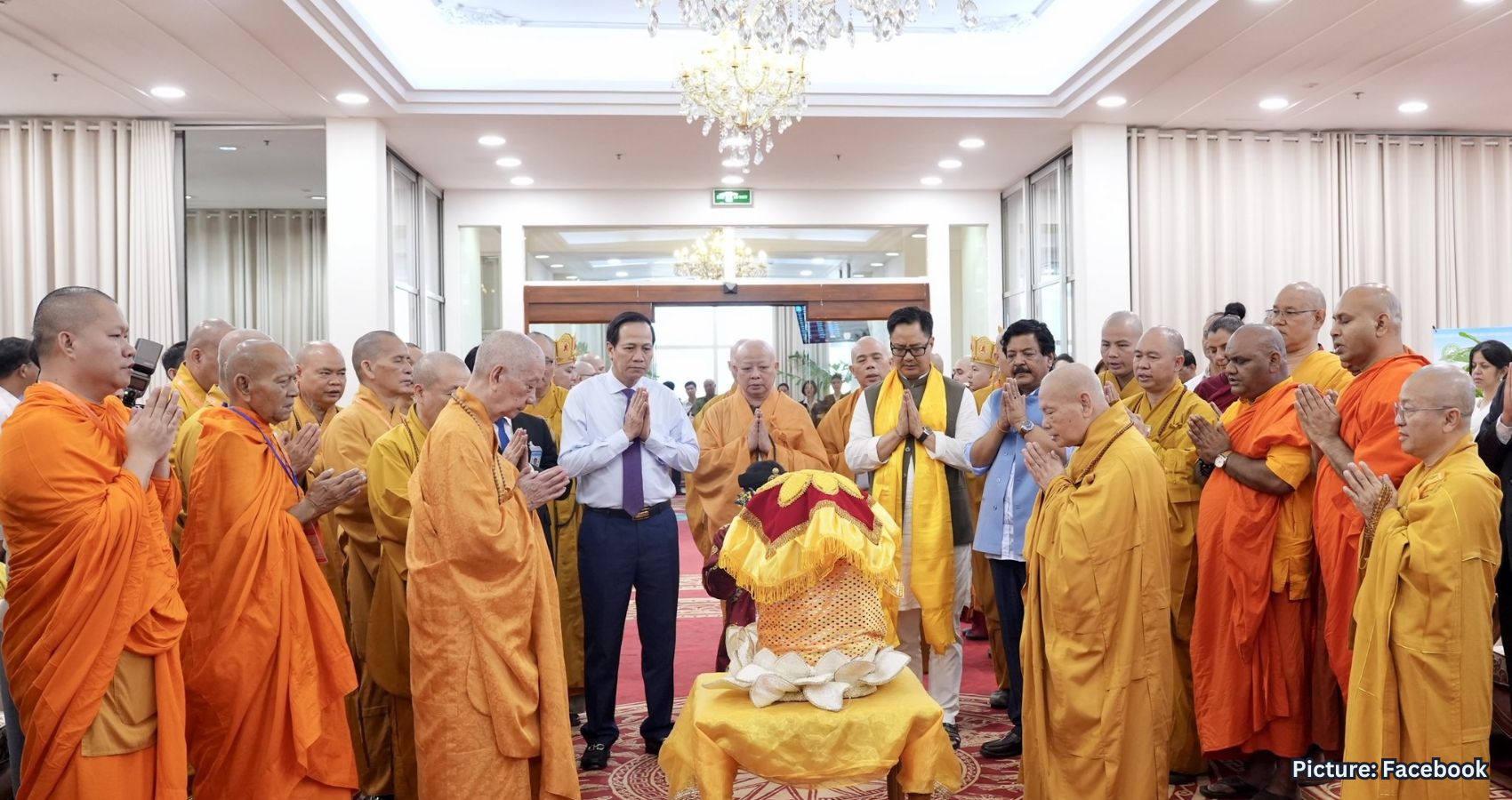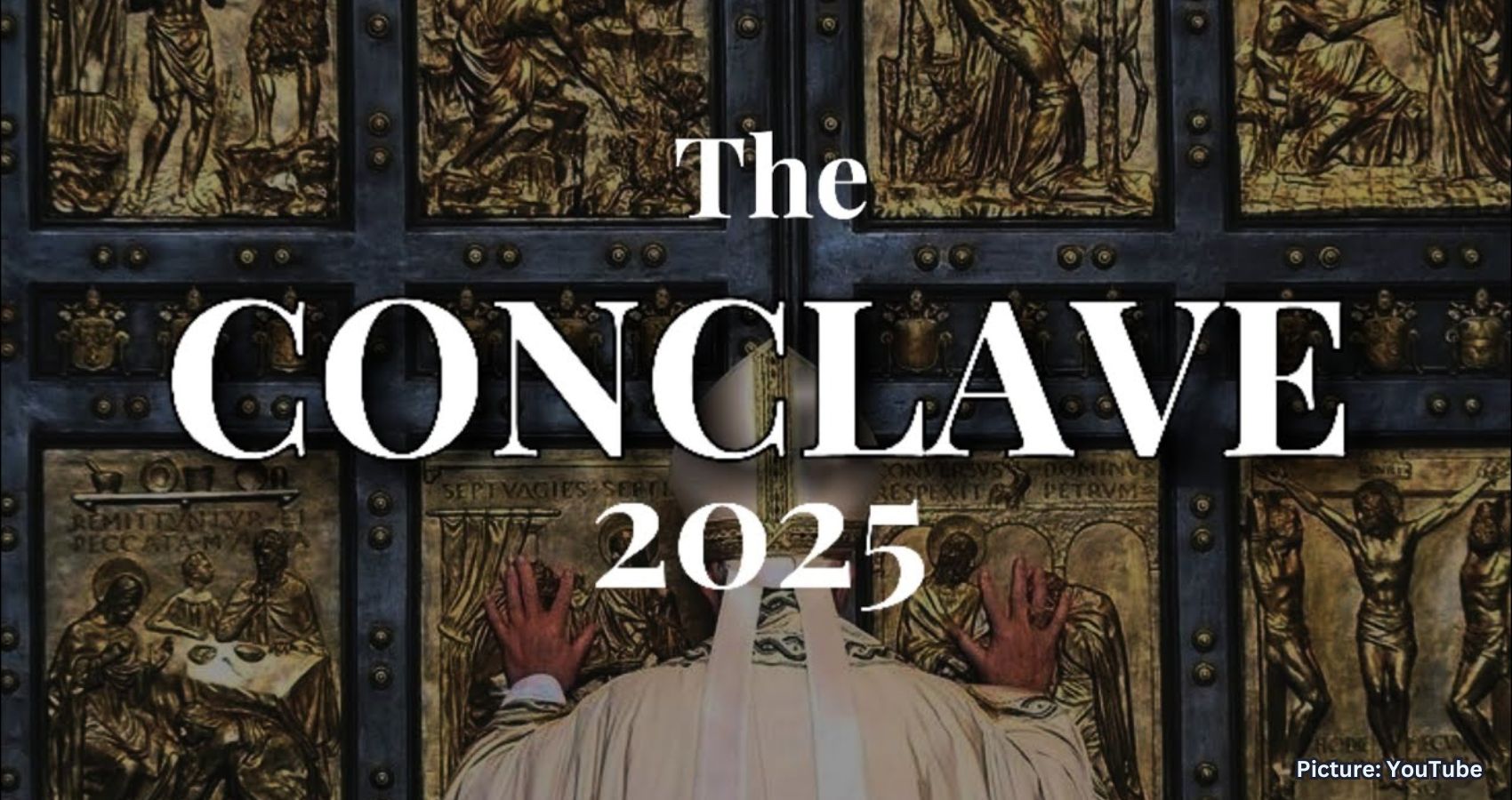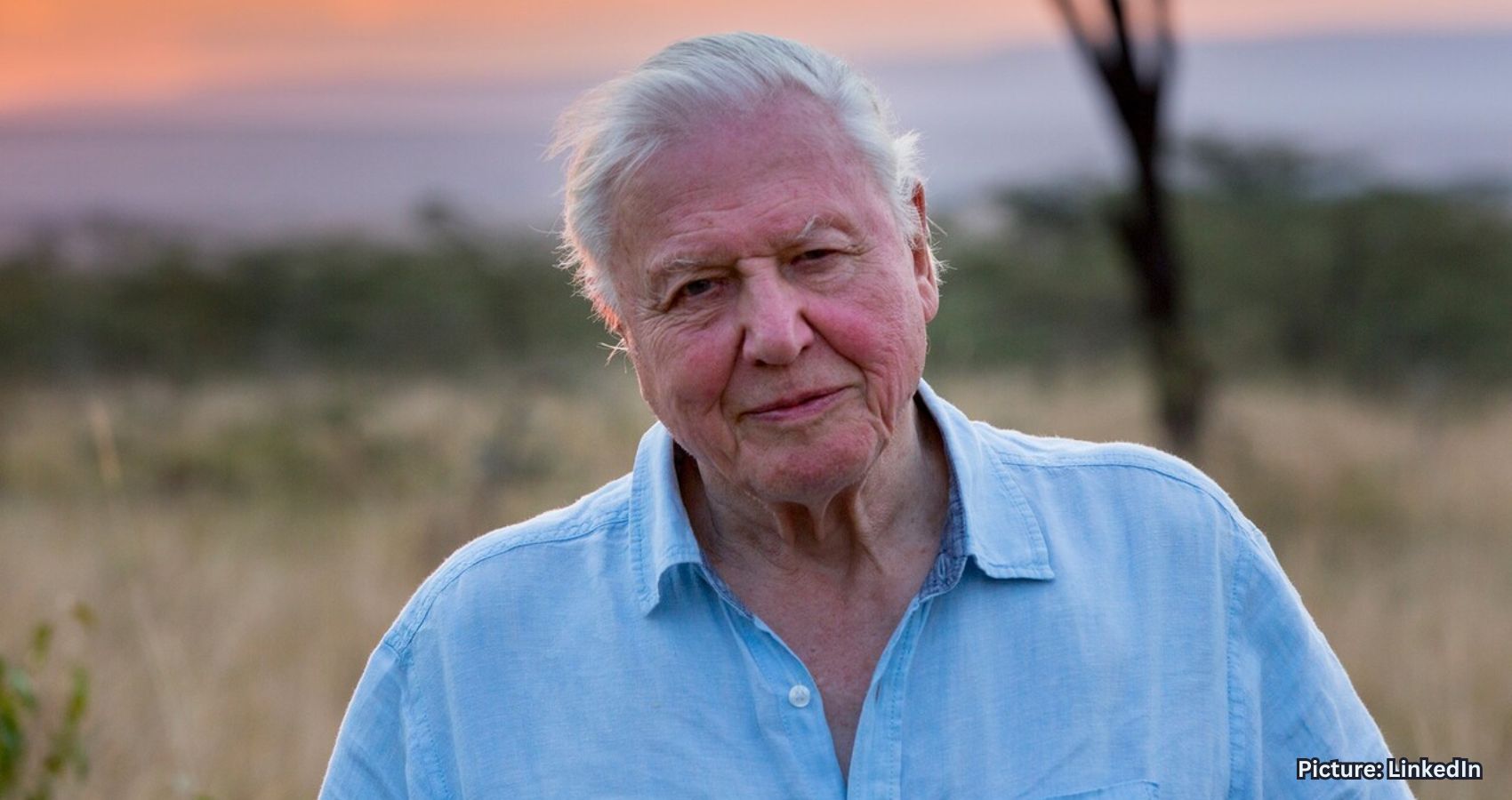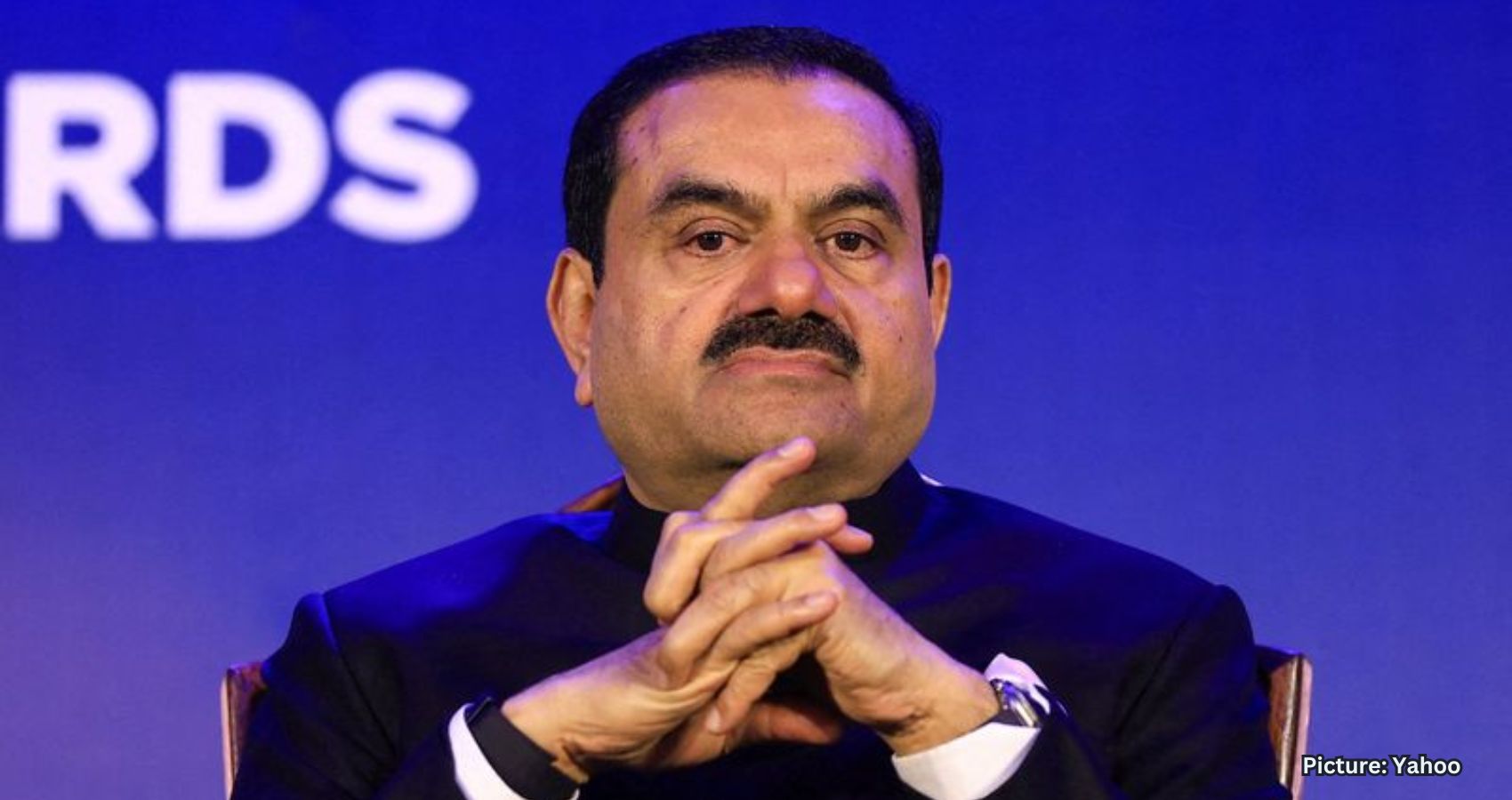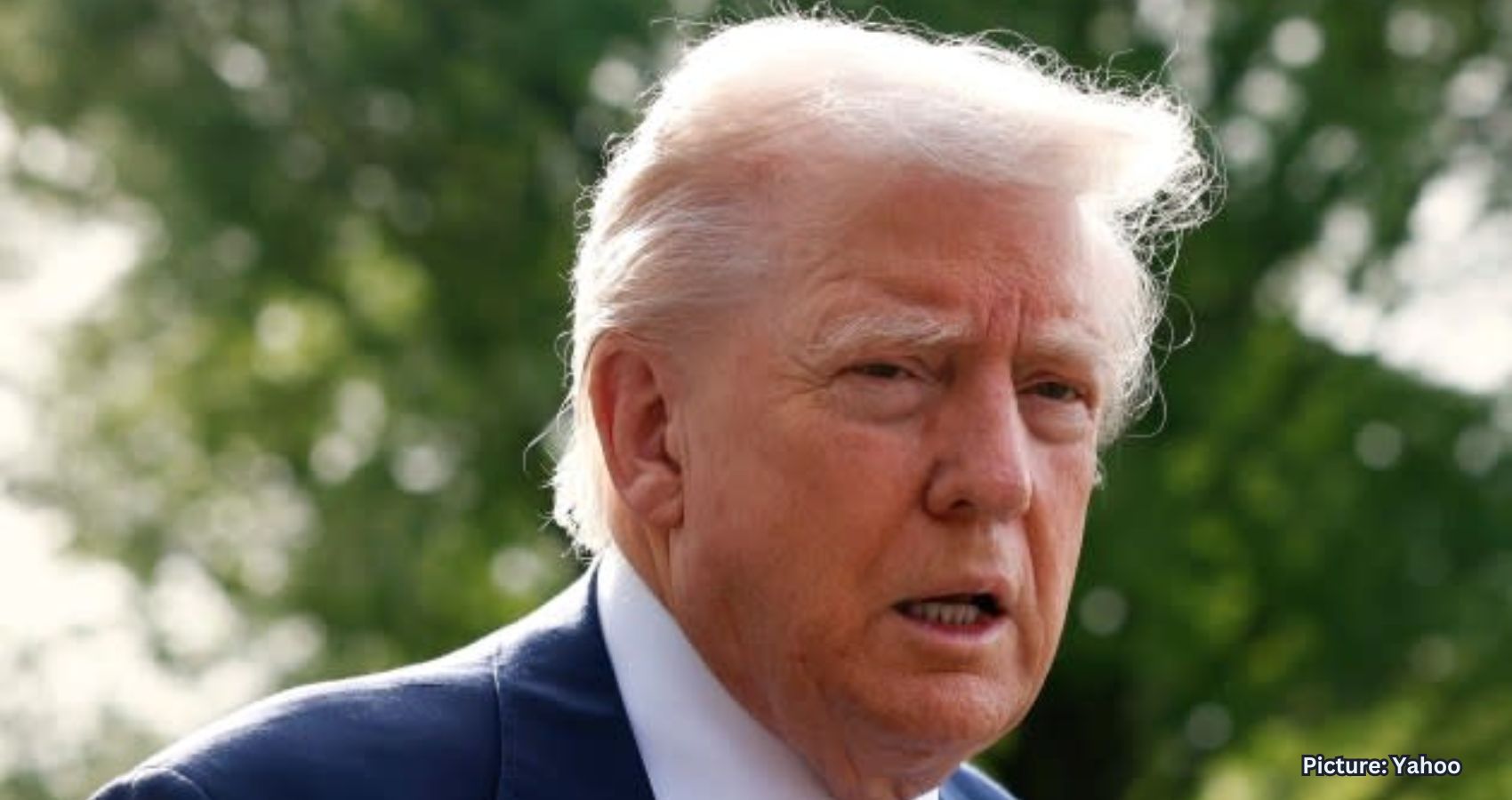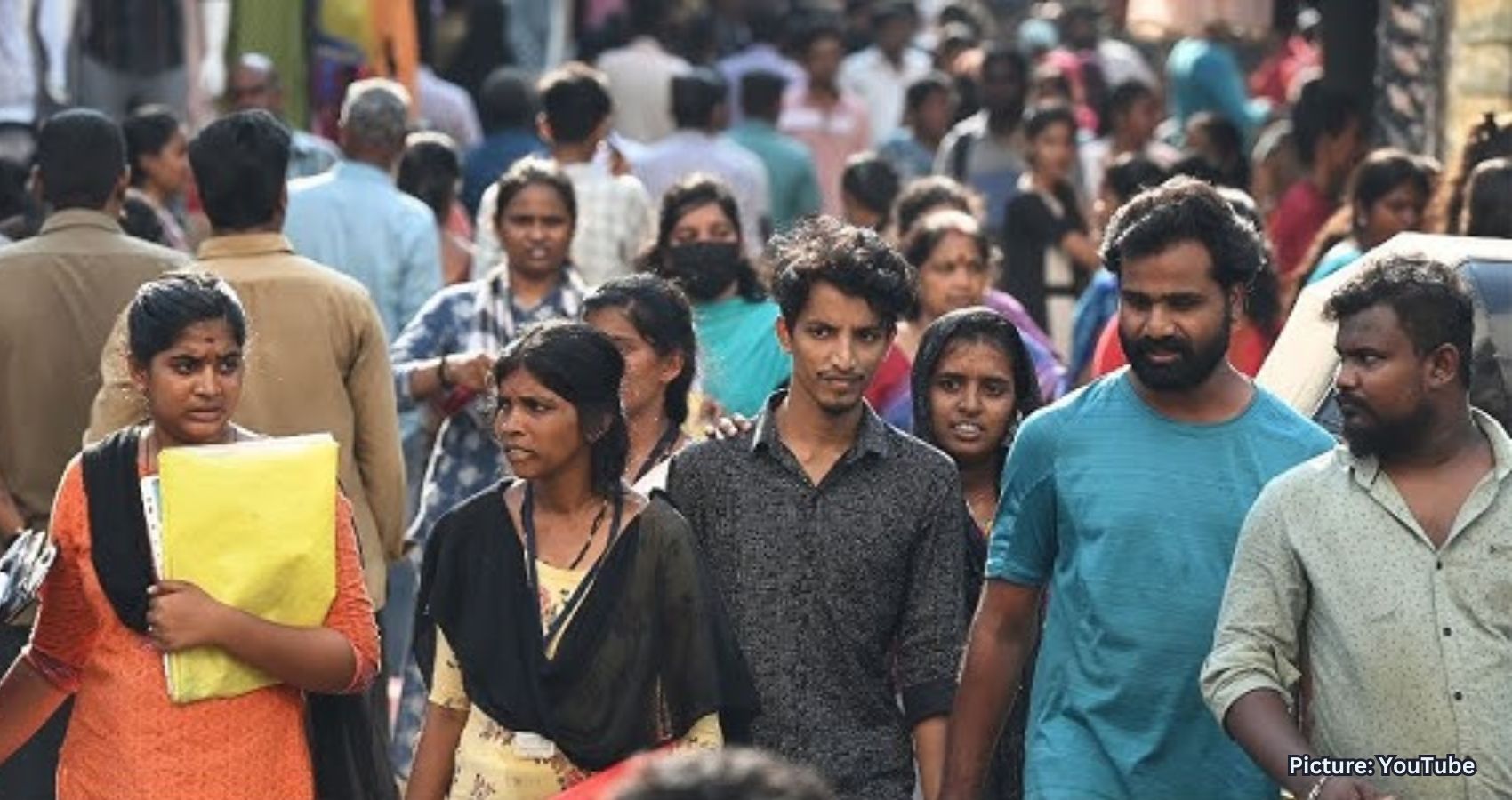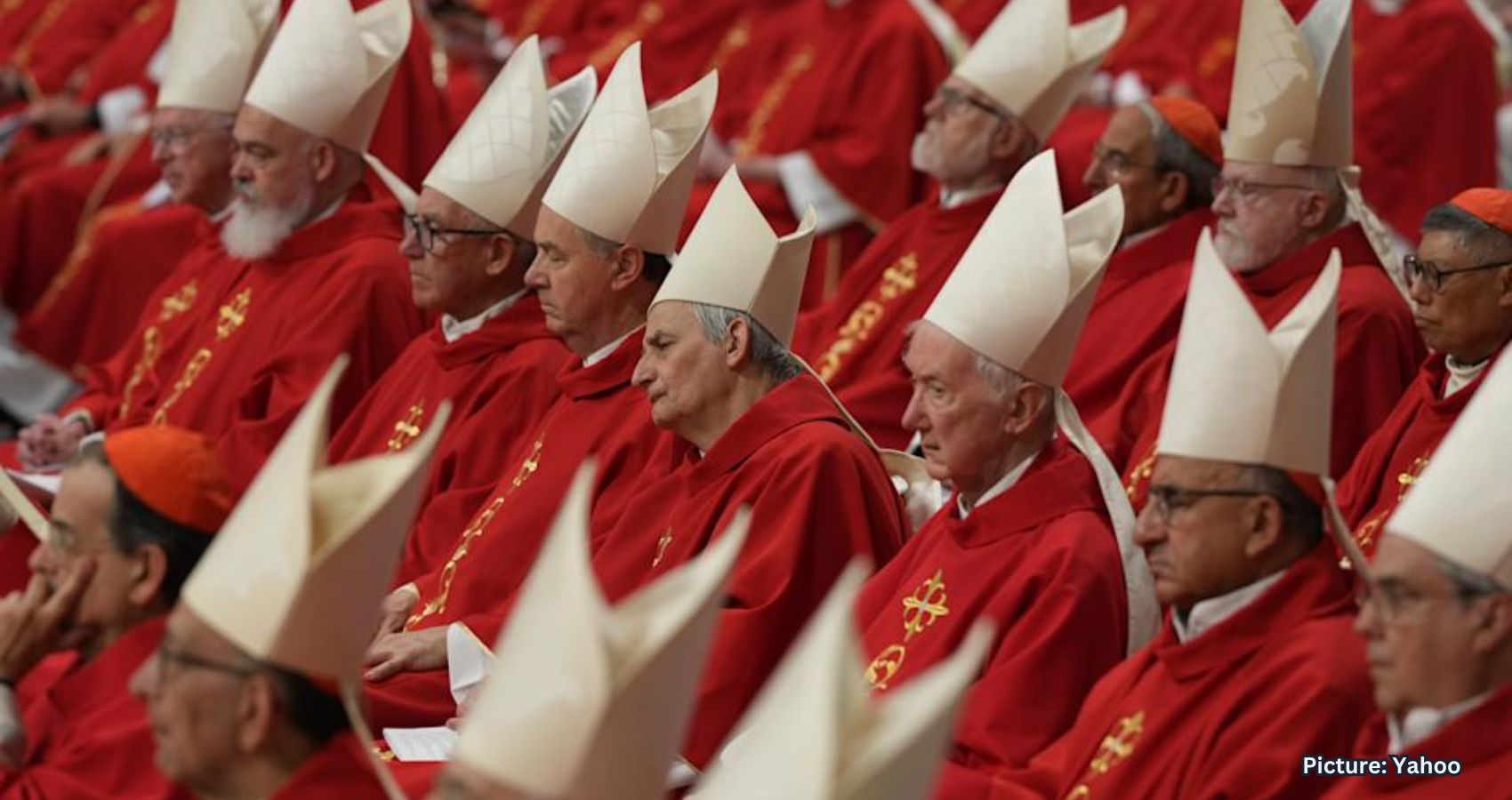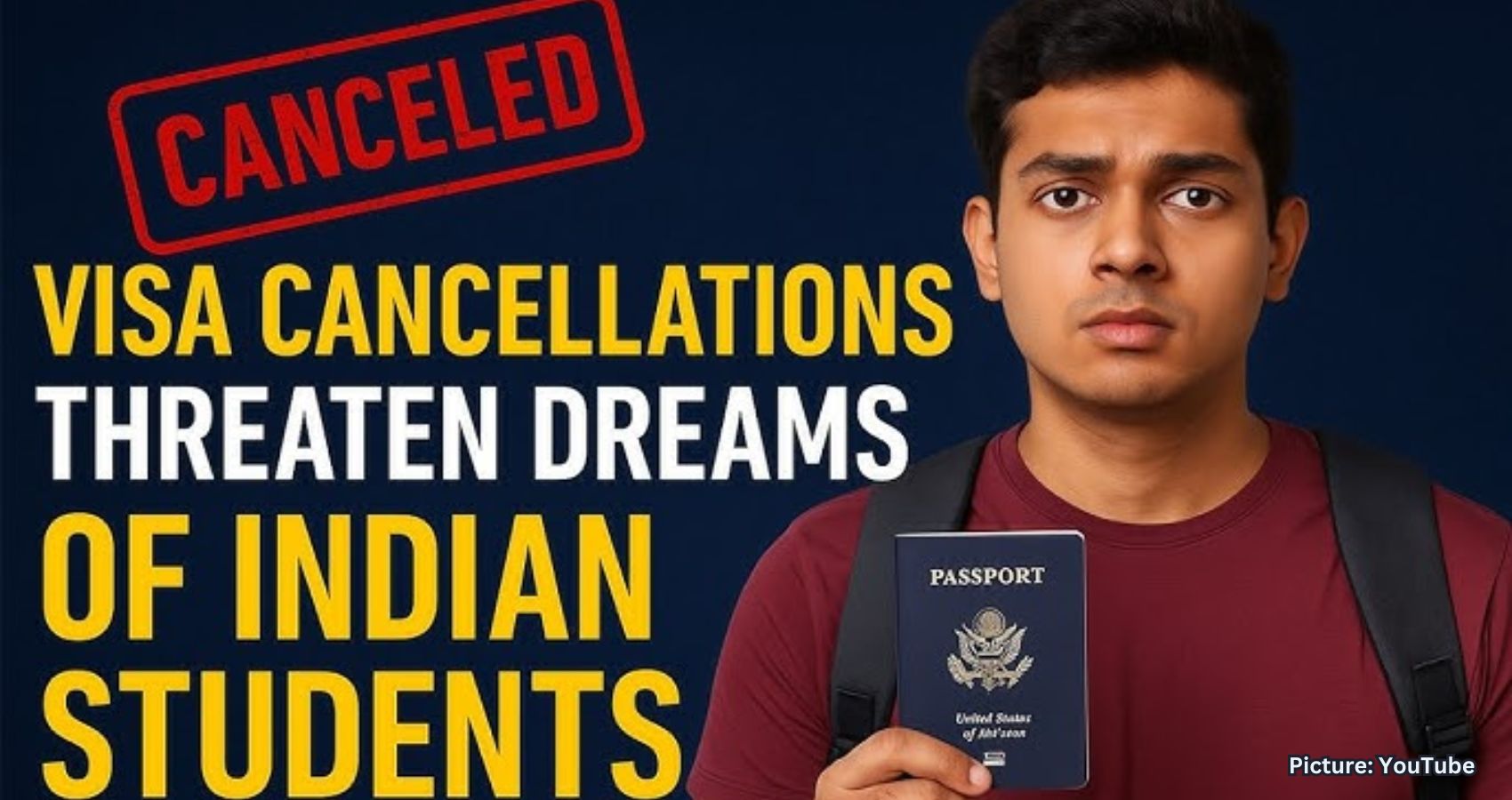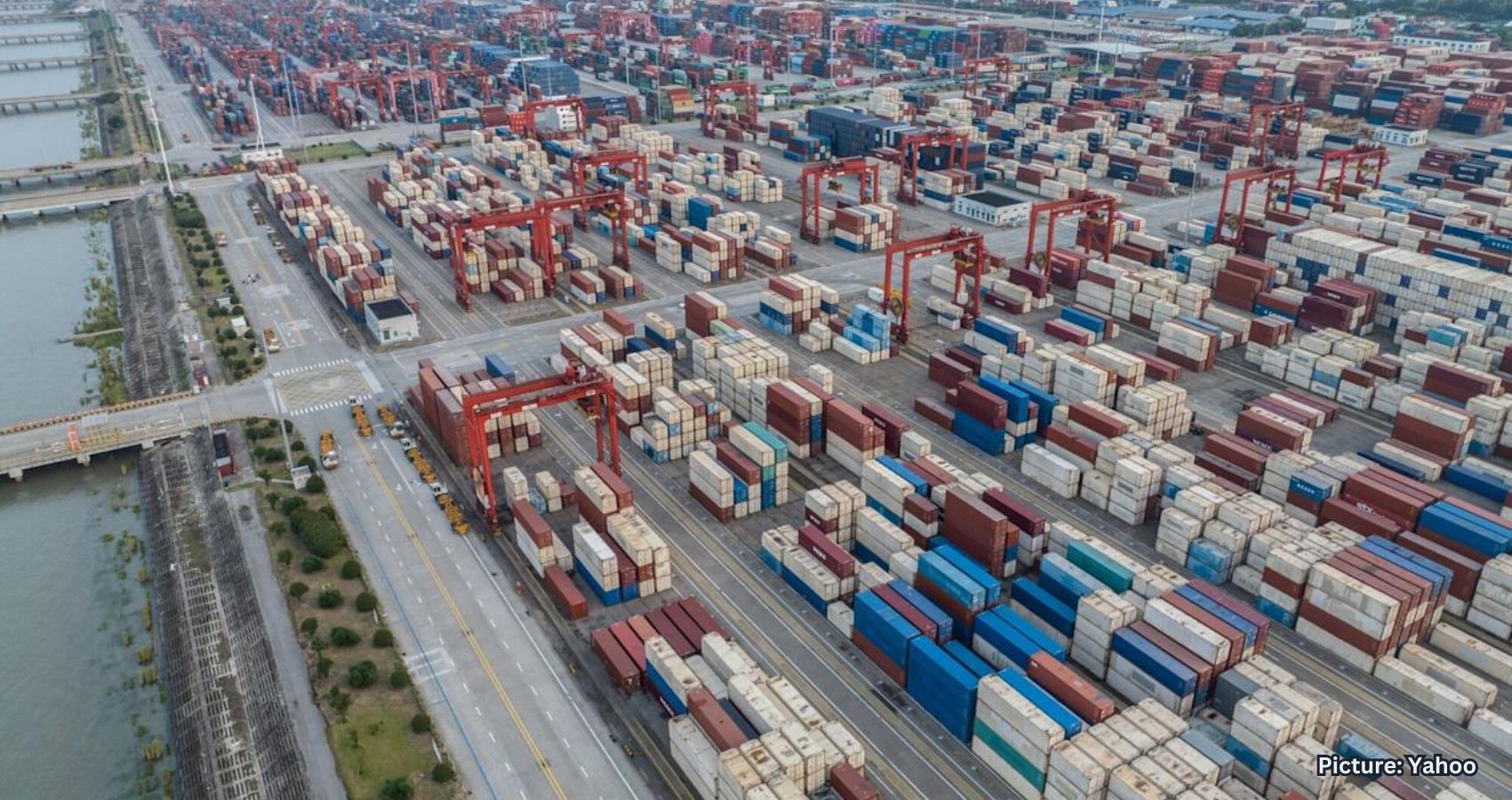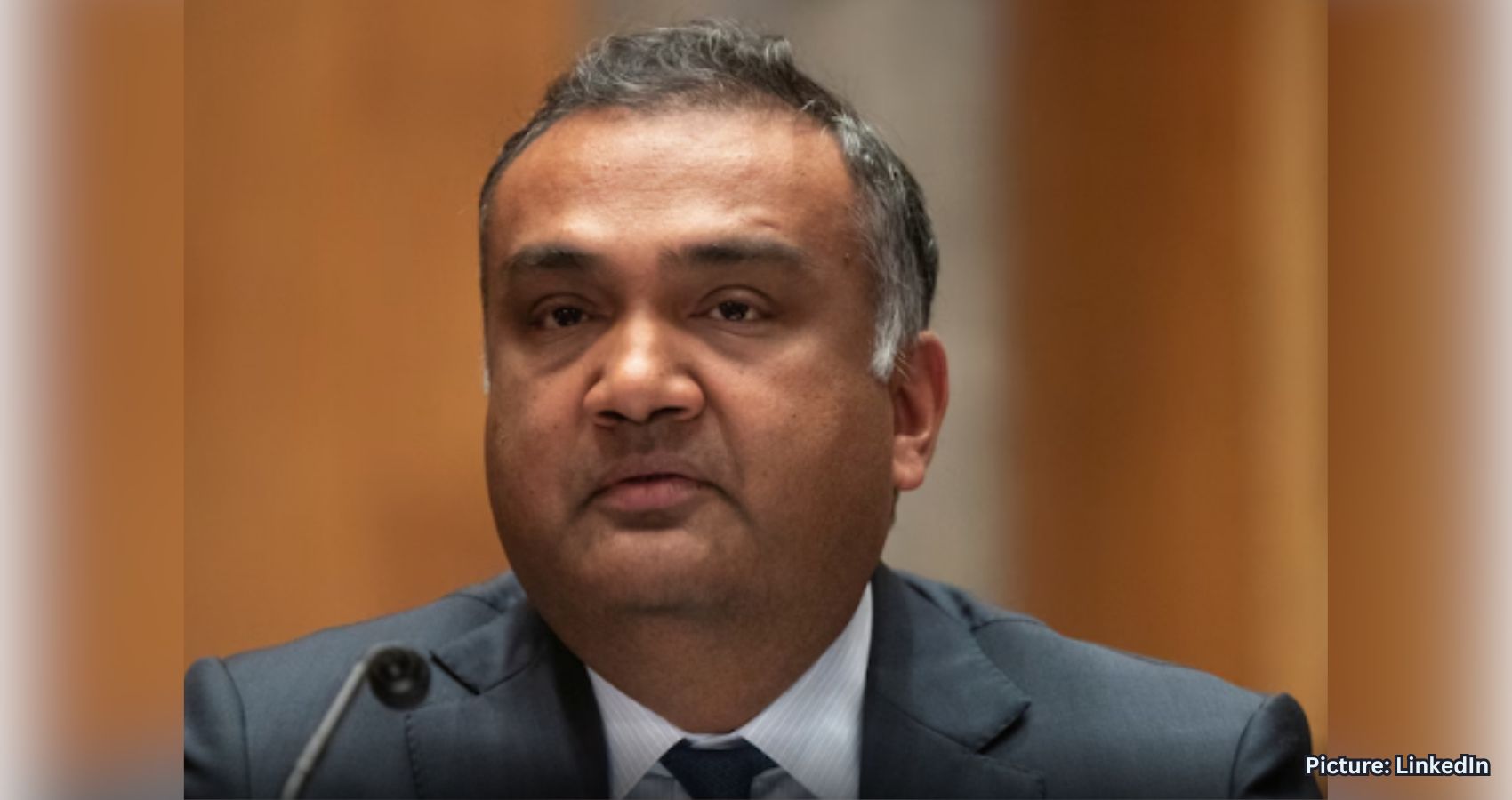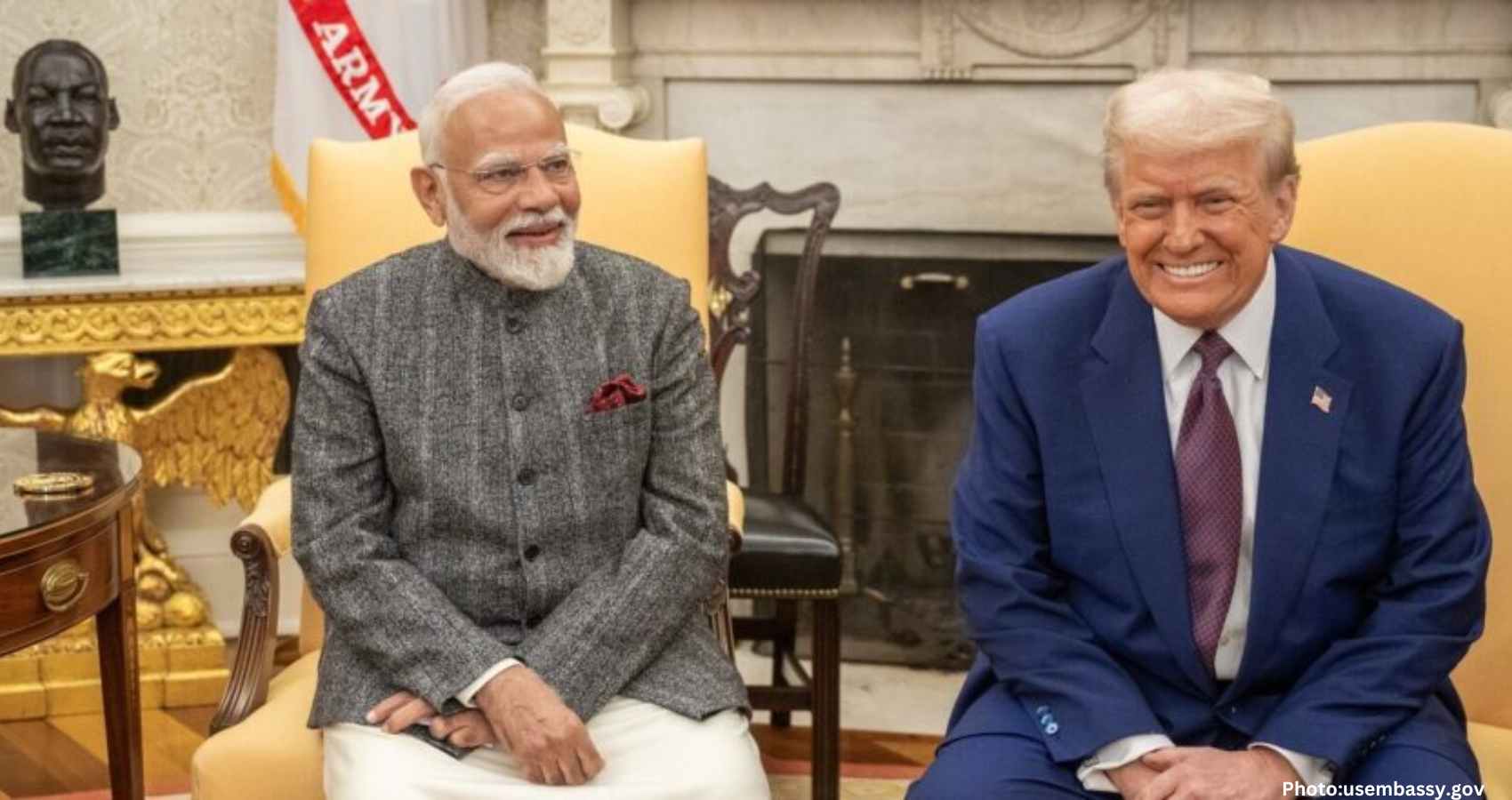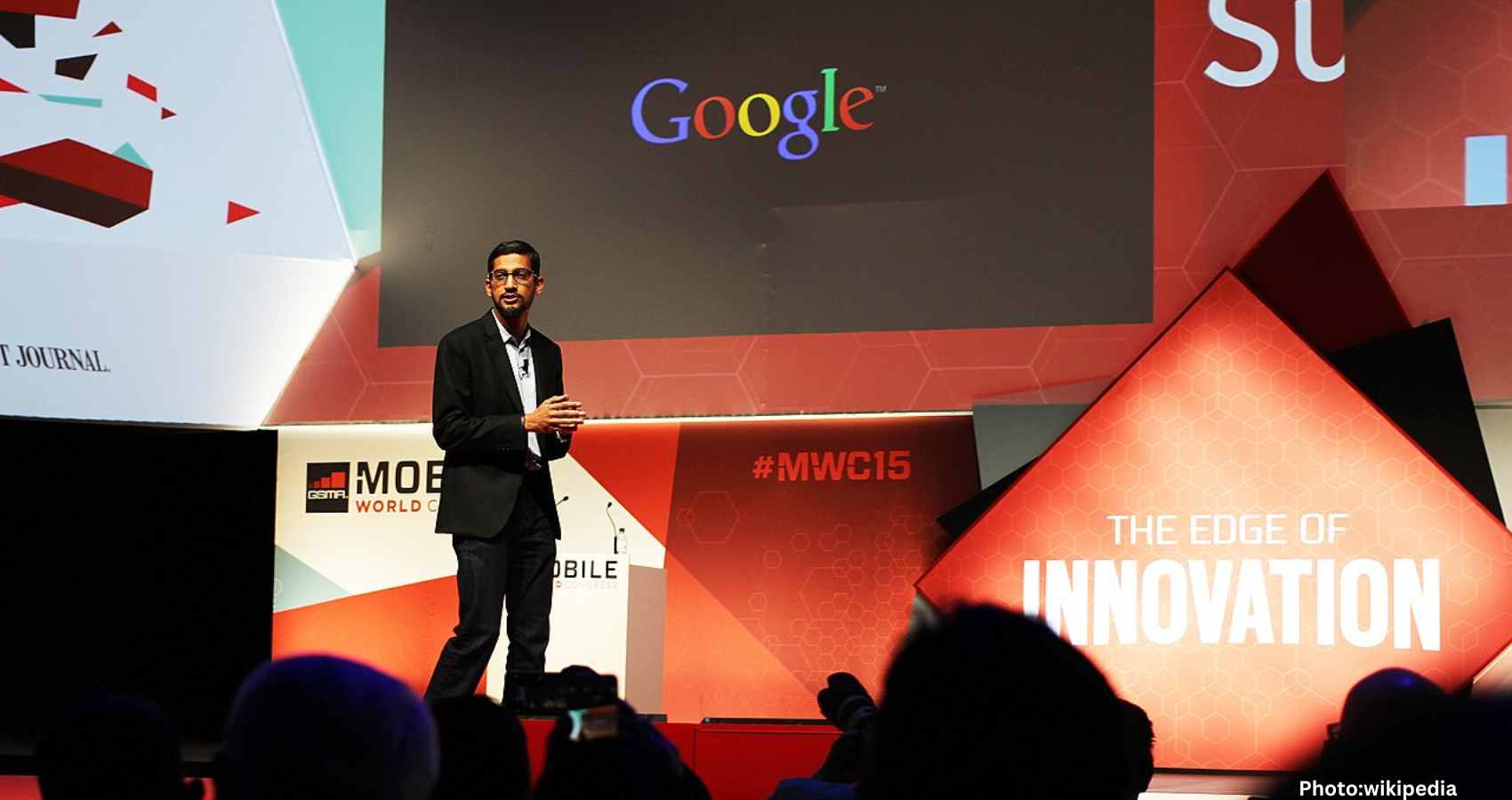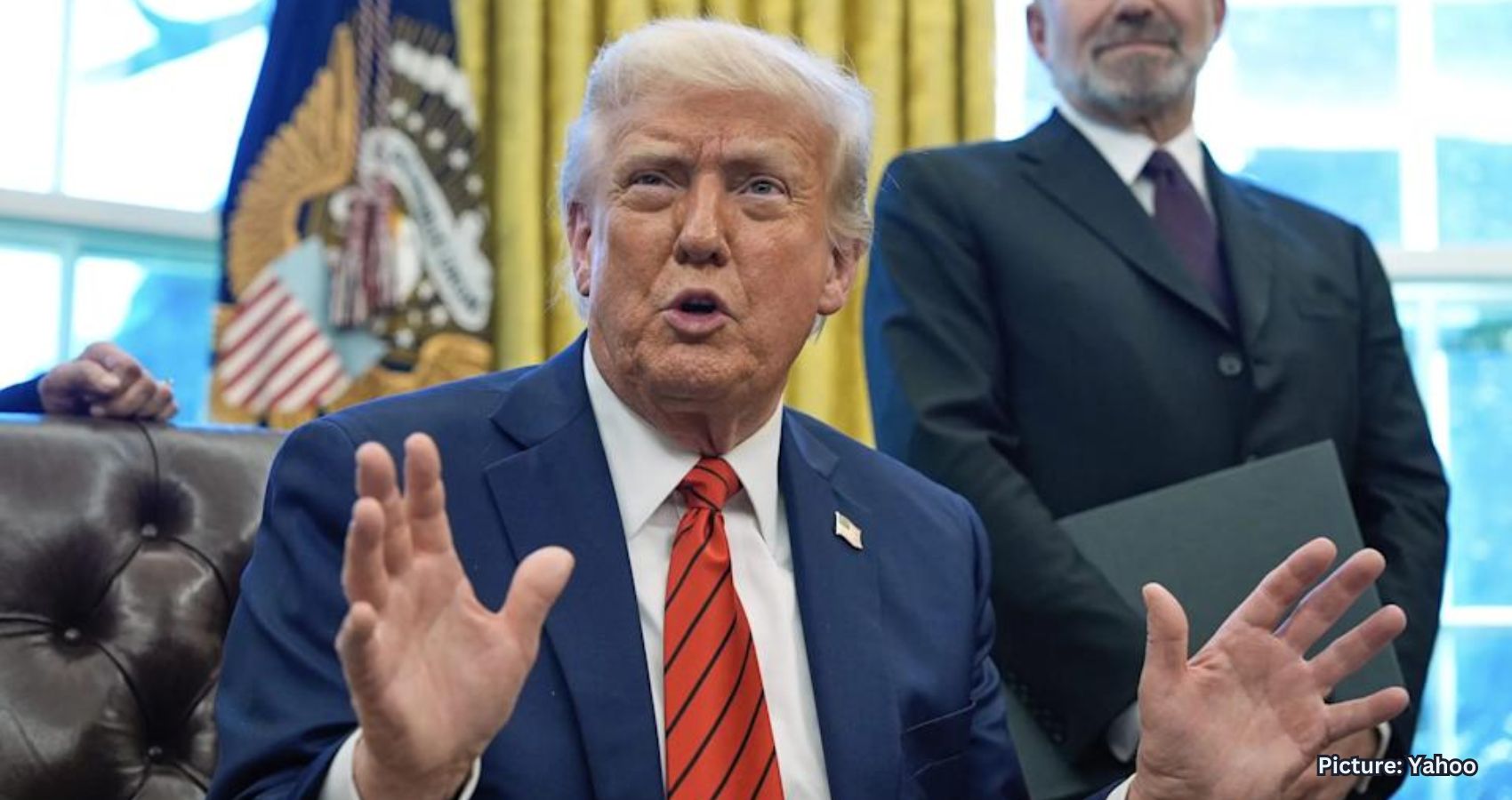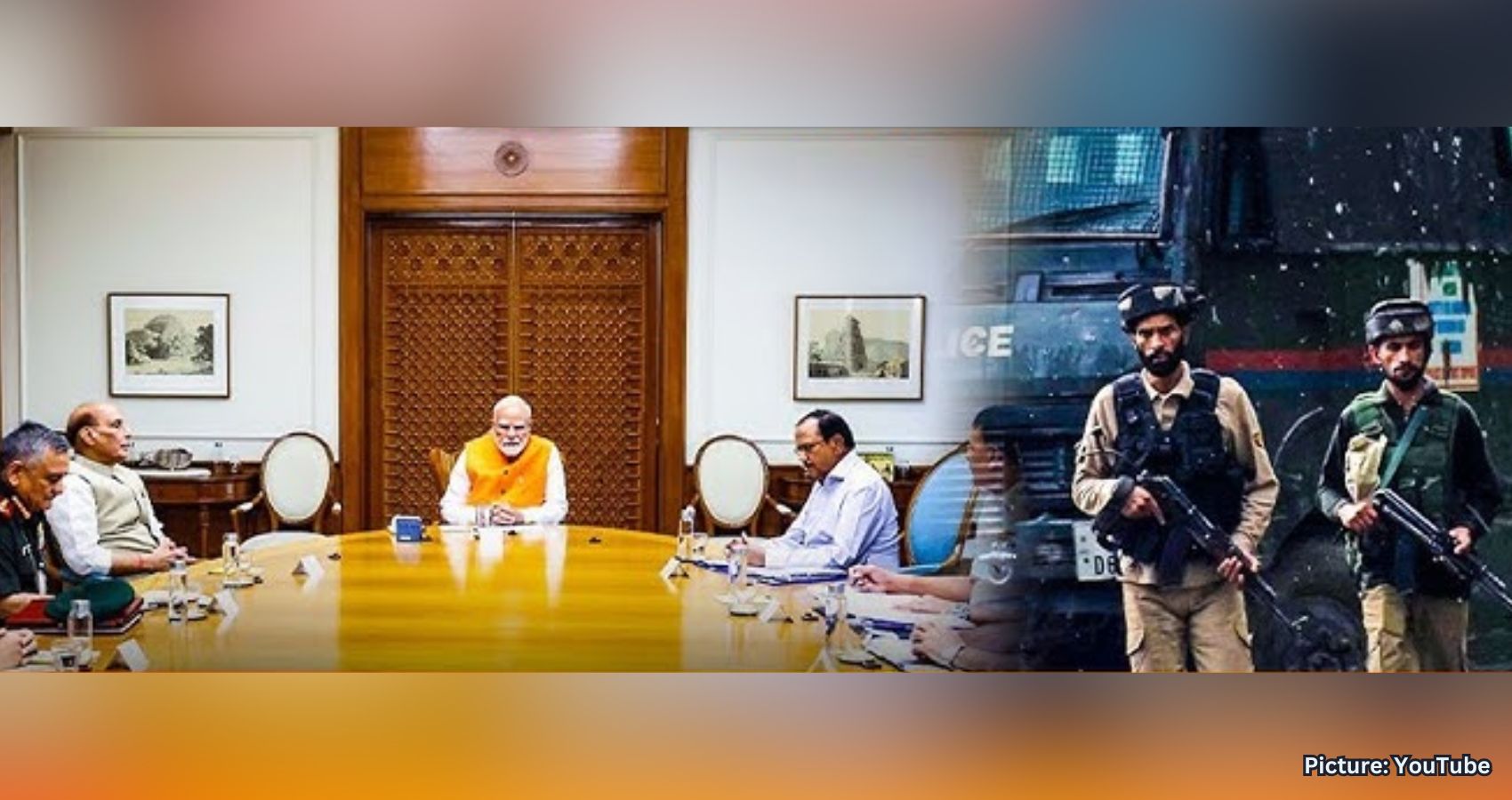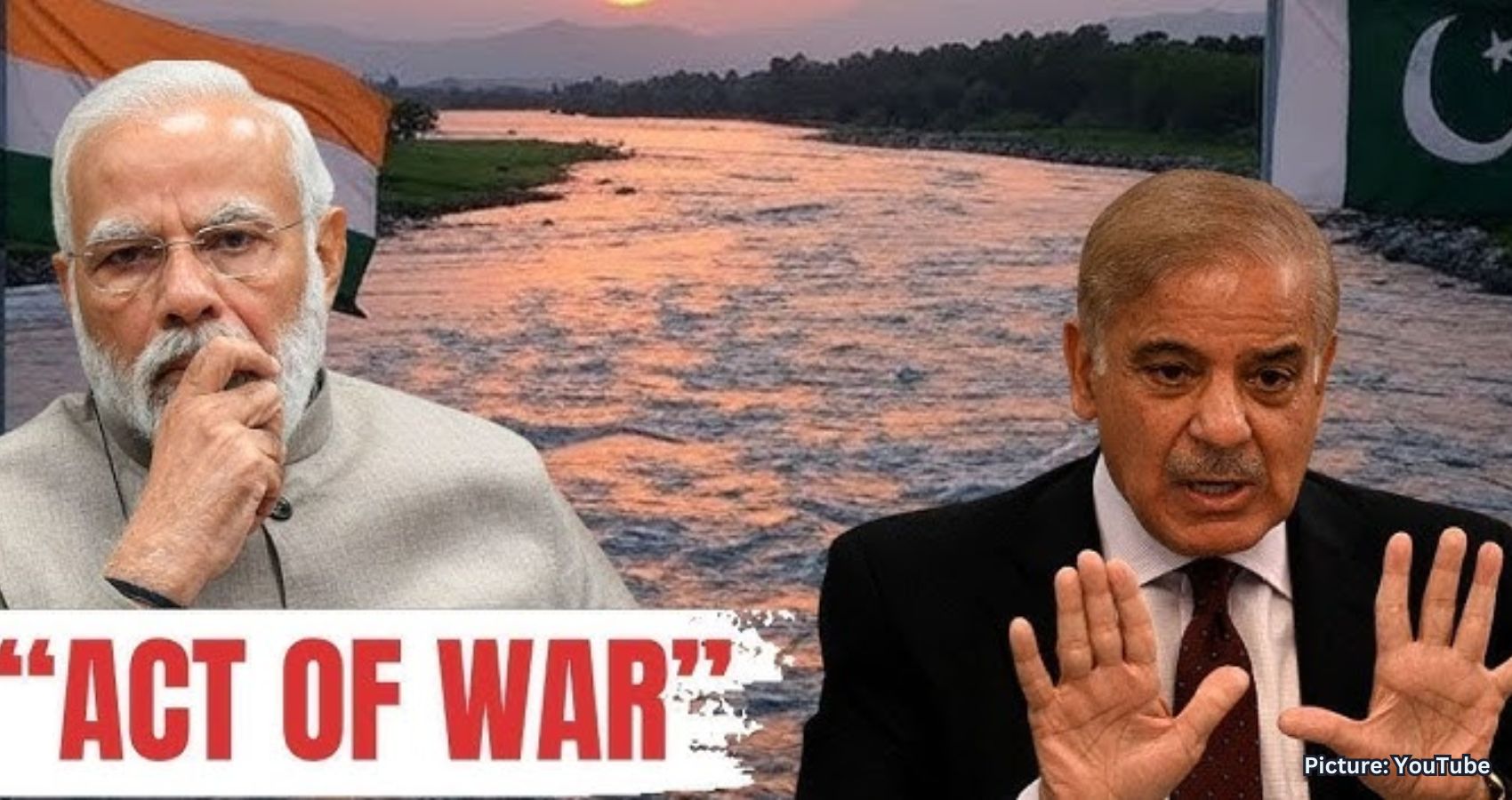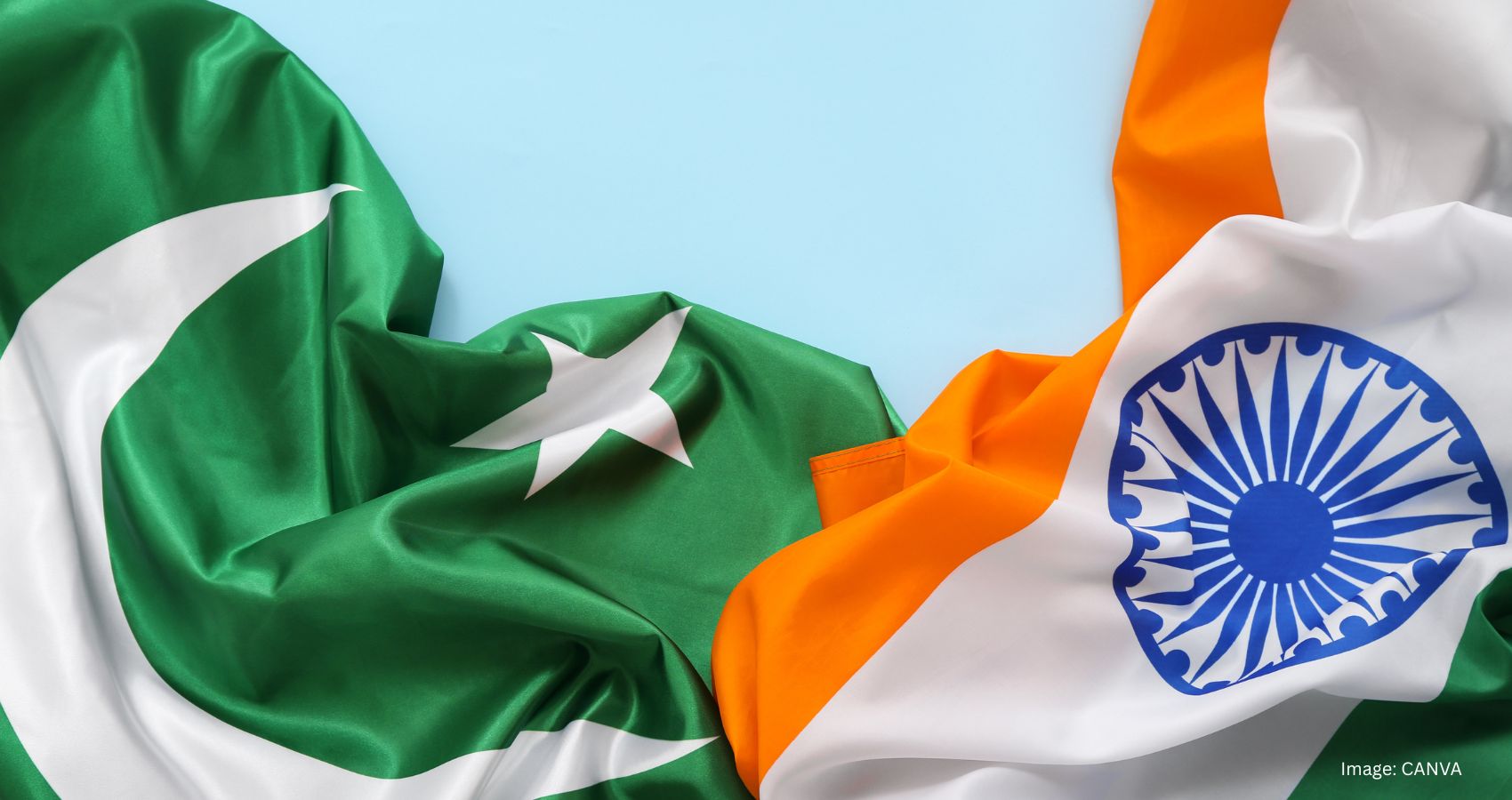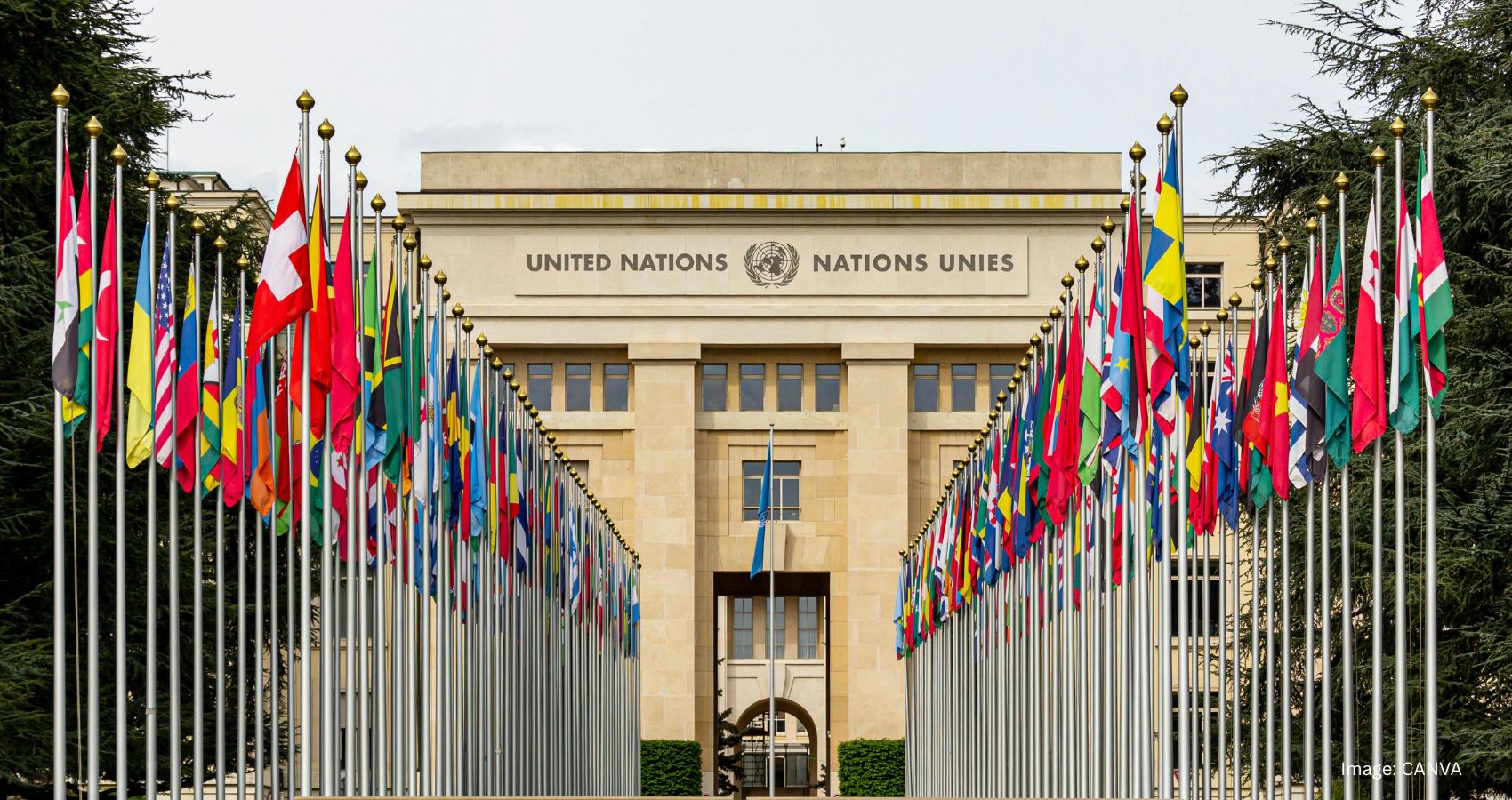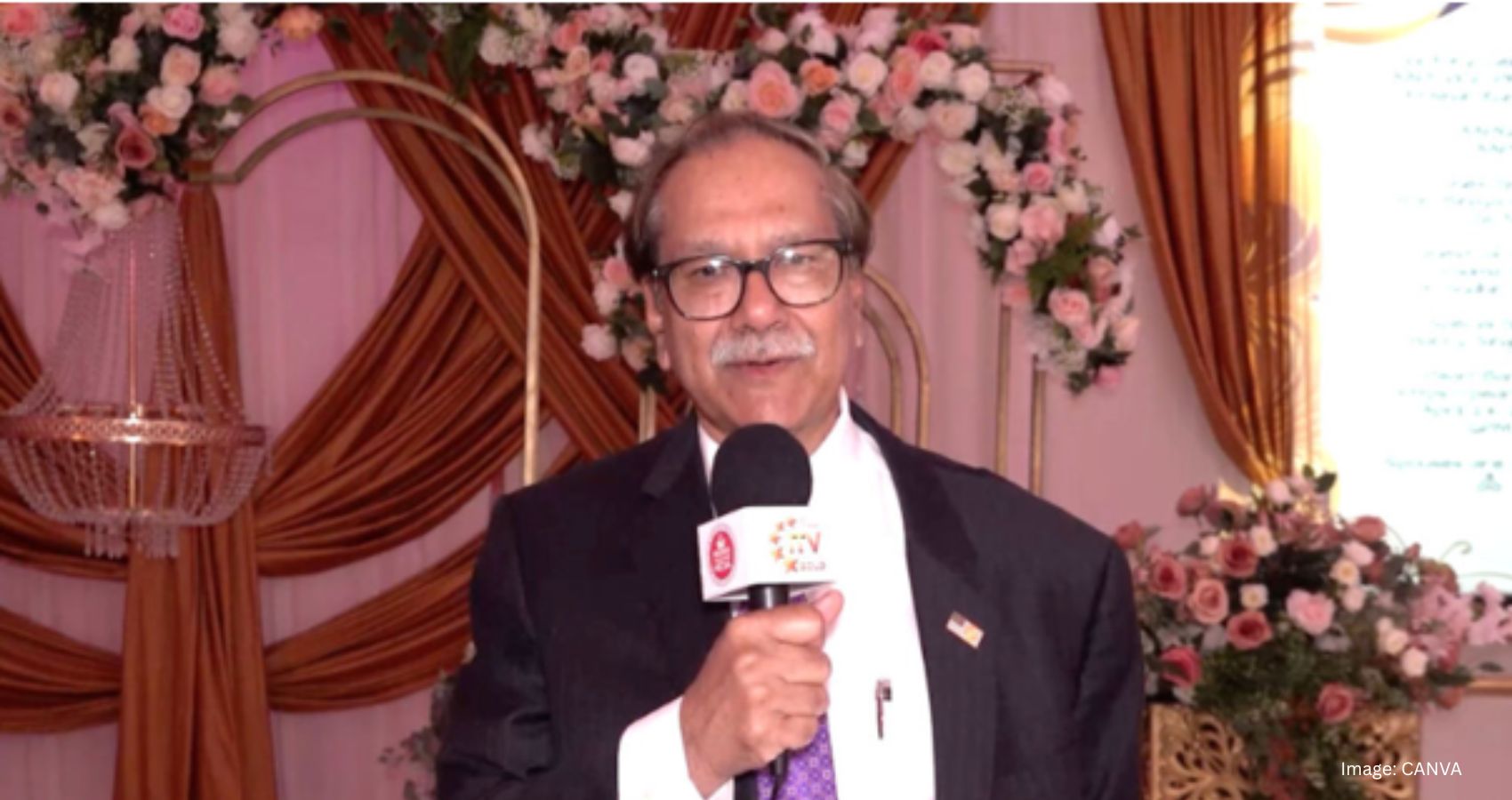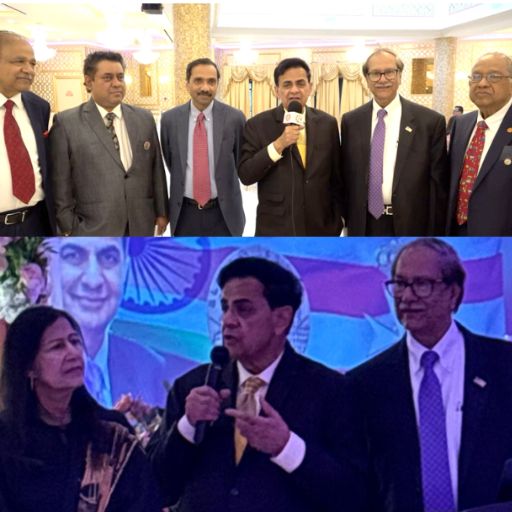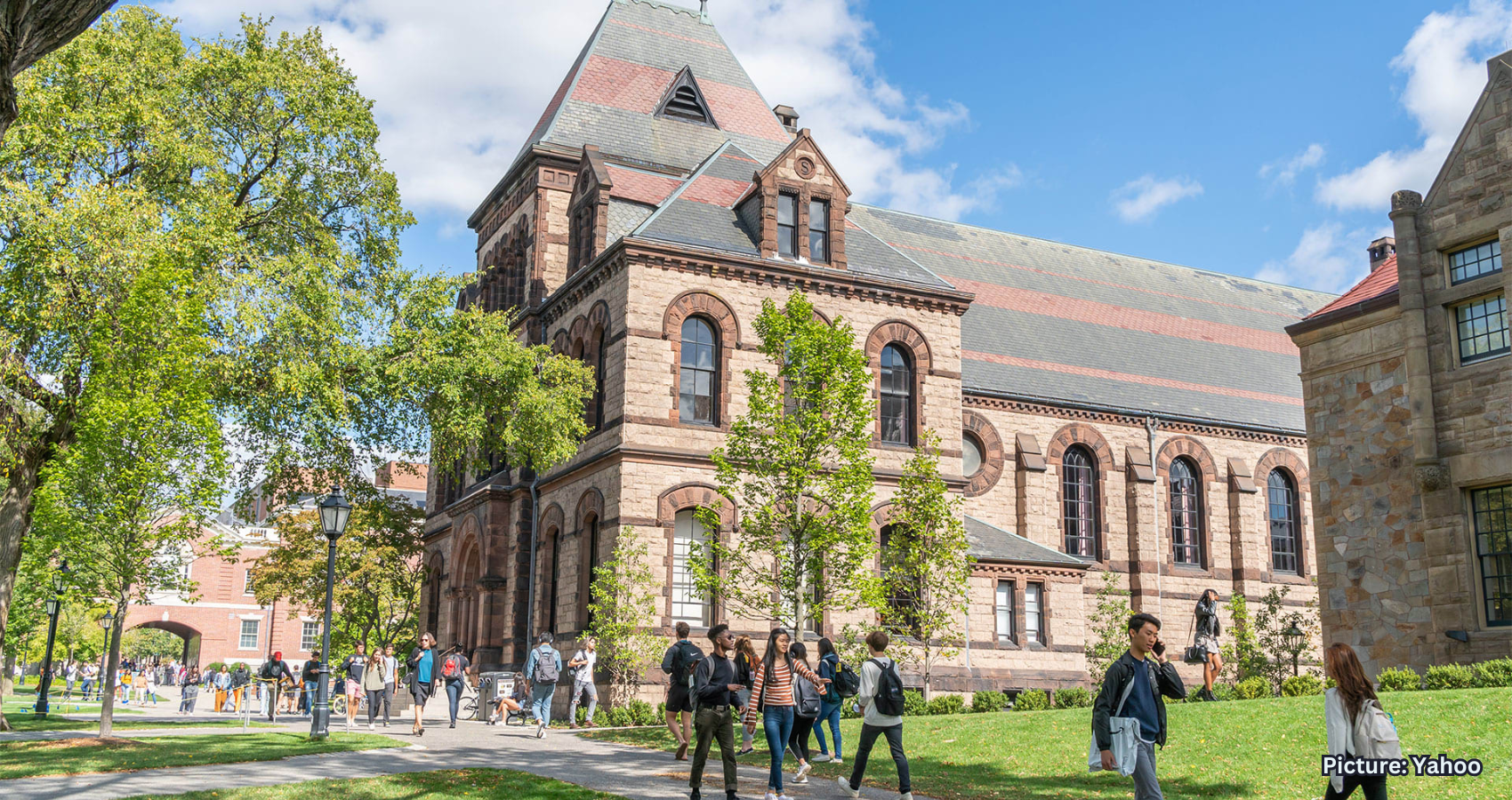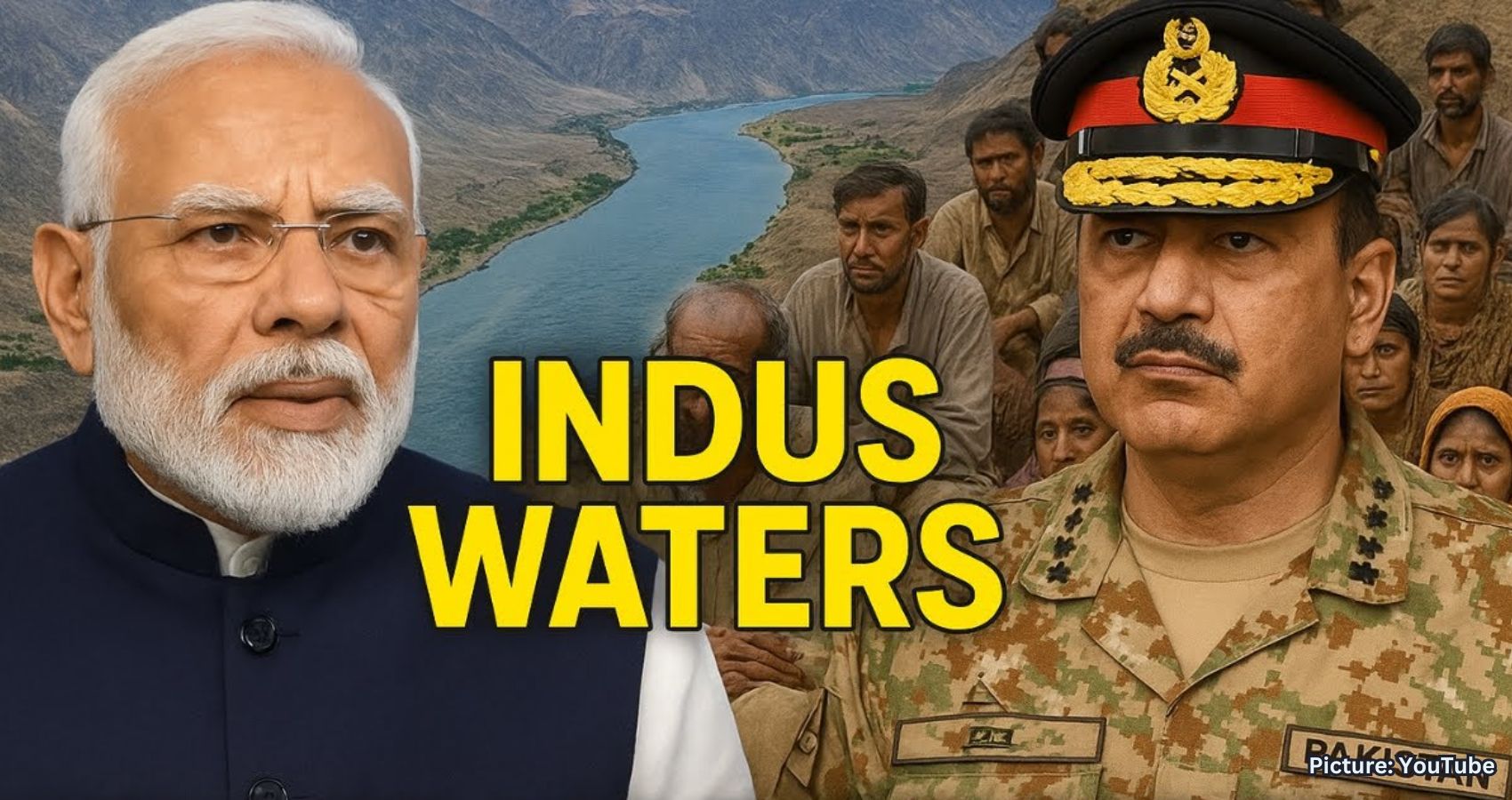Two Indian American members of the U.S. Congress expressed strong reactions on Wednesday to India’s retaliatory strikes targeting terror camps located in Pakistan and the region of Pakistan-occupied Kashmir. The strikes followed a deadly terror attack that took place in Pahalgam last month, which claimed the lives of 26 civilians in Jammu and Kashmir on April 22. While one lawmaker gave his full support to India’s counterterrorism action, the other emphasized the importance of addressing terrorism without allowing it to justify political suppression within Pakistan.
Congressman Raja Krishnamoorthi of Illinois urged for a balanced response to the heightened regional tensions. He underscored the importance of tackling terrorism while simultaneously safeguarding democratic principles in Pakistan. “In the wake of last month’s horrific terrorist attack in Pahalgam, the need to combat terrorism and prevent future violence has become even more urgent,” he said. However, Krishnamoorthi warned that the crisis should not be used by Pakistan’s government as a justification for further democratic erosion. “At the same time, Pakistan must release former Prime Minister Imran Khan and ensure free and fair elections that uphold democratic values. The current situation should not be used as a pretext to further undermine democracy.”
Krishnamoorthi, who has already declared his intention to run for the U.S. Senate in 2026, has consistently supported the promotion of democratic values and human rights across South Asia. His recent statements align with his broader political stance, which favors strengthening democratic institutions and preventing authoritarian overreach in countries facing internal and external threats.
In support of his cautionary approach, Krishnamoorthi cited remarks by U.S. Secretary of State Marco Rubio, who also encouraged de-escalation in the wake of the strikes. Rubio reaffirmed the Biden administration’s focus on closely observing the situation and engaging with both Indian and Pakistani officials in order to seek a diplomatic resolution. Rubio reiterated President Joe Biden’s earlier appeal for restraint, calling for cooler heads to prevail during this volatile period.
Meanwhile, Michigan Representative Shri Thanedar took a more forceful position in support of India’s actions, firmly backing the country’s right to defend itself. Thanedar strongly condemned terrorism and said India was justified in carrying out its counterterrorism strikes. “Terrorism cannot be tolerated, and it cannot go unanswered,” he said. “India has the right to defend its people, and I stand firmly with our ally in its efforts to dismantle these extremist networks.”
Thanedar further advocated for stronger strategic ties between the United States and India in the face of mutual security challenges. “The United States should always stand with our allies against terrorism. This is a time for deeper U.S.-India cooperation to protect innocent lives and defend the principles of democracy, human rights, and religious freedom,” he said. Thanedar’s stance reflects a growing consensus among several U.S. lawmakers who view India as a vital ally in the global fight against extremism.
Both Krishnamoorthi and Thanedar belong to the Democratic Party and are part of the informal “Samosa Caucus” in Congress, a group composed of Indian American lawmakers. Other members of this group include Ami Bera of California, Ro Khanna of California, and Pramila Jayapal of Washington. Together, they represent a rising wave of Indian American political voices on Capitol Hill, often bringing South Asian perspectives into American legislative discourse.
The reactions from these lawmakers come as India’s military operation, codenamed Operation Sindoor, continues to draw international attention. The mission, aimed at targeting and dismantling terrorist training camps and infrastructure, has elicited a range of responses from the global community. Some international leaders have echoed calls for calm and diplomatic engagement, while others have acknowledged India’s right to self-defense in the aftermath of what is being described as one of the deadliest attacks in Jammu and Kashmir in recent years.
While the situation on the ground remains tense, the broader conversation in Washington highlights a dual concern: the need to combat terrorism effectively and the imperative to uphold democratic values across the region. Krishnamoorthi’s remarks about the release of former Pakistani Prime Minister Imran Khan underline the ongoing scrutiny of Pakistan’s internal political environment. The former leader has remained in detention amid a wider crackdown on opposition figures, raising alarms among international watchdogs and democracy advocates.
Secretary of State Marco Rubio’s involvement adds a significant layer of diplomatic engagement to the crisis. His comments are in line with the Biden administration’s broader strategy of maintaining regional stability while discouraging escalatory actions by either side. Rubio’s reassurance that the U.S. will continue to monitor developments and maintain open lines of communication with New Delhi and Islamabad suggests Washington’s intention to play a stabilizing role.
Meanwhile, Thanedar’s unequivocal support for India underscores the growing alignment between Indian and American strategic interests, particularly in the fight against terrorism. His reference to the need for deepened cooperation on issues such as human rights and religious freedom indicates a willingness among some U.S. lawmakers to not only support India militarily but also to encourage the country’s leadership to maintain its democratic credentials even during times of conflict.
In the domestic political context, both lawmakers’ statements serve to reinforce their individual political profiles. Krishnamoorthi’s Senate ambitions likely inform his more measured approach, seeking to balance foreign policy firmness with advocacy for democratic norms. Thanedar’s strong backing of India resonates with his constituents, many of whom see India as a vital partner in global security and as a bulwark against regional instability.
As Operation Sindoor unfolds, the spotlight remains fixed on how India and Pakistan will navigate this latest flashpoint. The stakes are high, not just for the two countries involved but also for international allies like the United States, which must balance its relationships with both nations while promoting peace and democratic governance. The divided responses of Krishnamoorthi and Thanedar reflect the complexity of the situation—combining a shared condemnation of terrorism with diverging perspectives on the best path forward.
Ultimately, both lawmakers have voiced their concern about the violence and the broader implications for democracy and human rights. As Krishnamoorthi warned, “The current situation should not be used as a pretext to further undermine democracy.” And as Thanedar insisted, “Terrorism cannot be tolerated, and it cannot go unanswered.” These two positions, though framed differently, together underscore the challenge of responding to terror while protecting democratic principles in a deeply volatile region.










